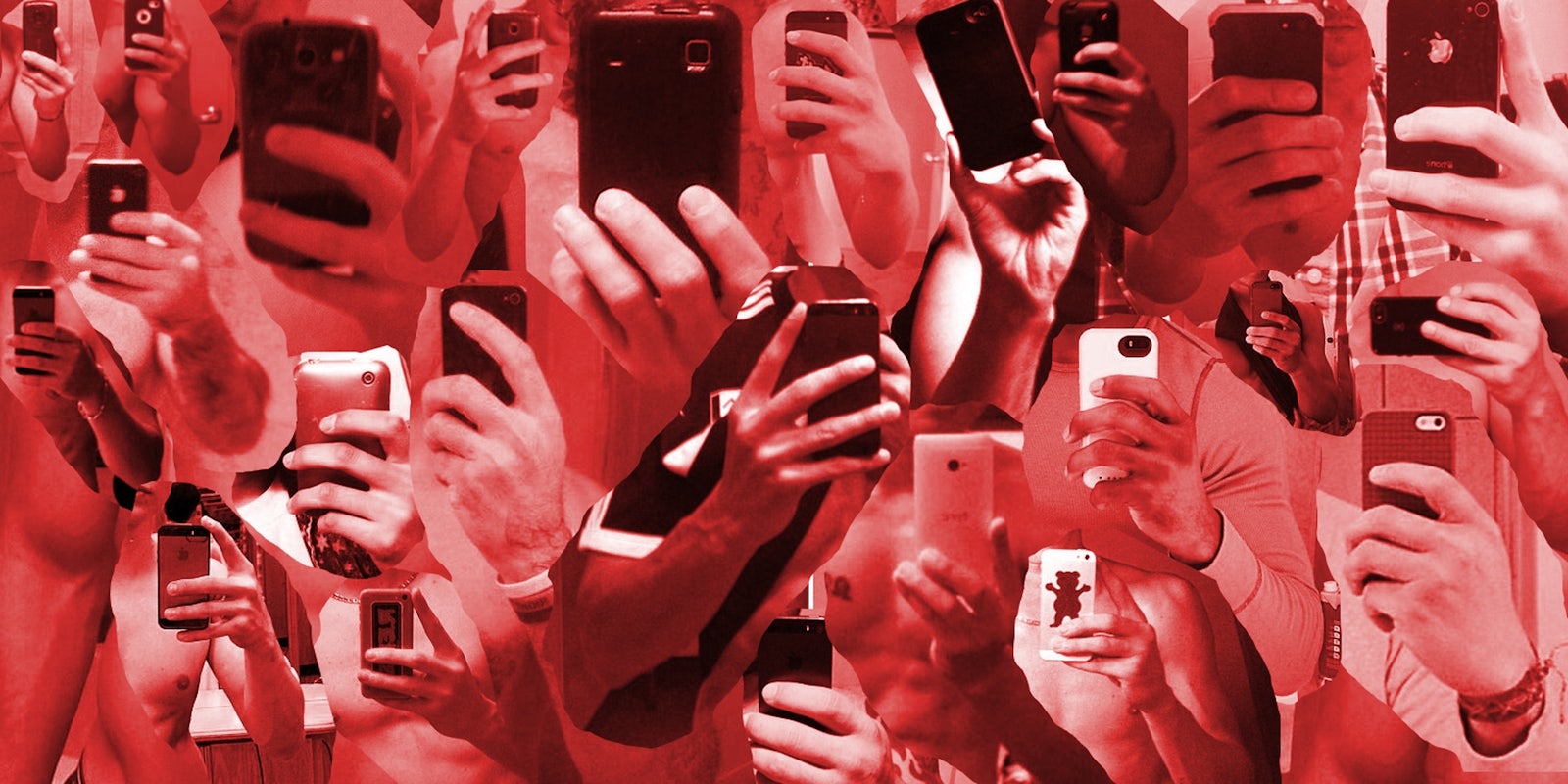Teenager Danny Bowman took more than 200 selfies a day.
Bowman, 19, could spend up to 10 hours trying to capture the perfect photo of himself.
No matter how many times he played with his hair or adjusted the lighting, the photos didn’t turned out right and would never turn out right because Bowman, of Newcastle, England, suffered from Obsessive-Compulsive Disorder (OCD) and Body Dysmorphic Disorder (BDD).
So in 2013, after two years spent taking pictures, Bowman tried to commit suicide.
“I would spend hours looking at them, scrutinising my features and skin,” he said in an interview. “I took selfies in bed, in the bathroom, and all day into the early hours. I would pore over pictures of my idol, Leonardo DiCaprio, and then take selfies in different poses, trying to look like him. But I felt so ugly.”
Bowman’s mother Penny found him while he was trying to overdose on pills and saved him, ITV added. He has since been seeing a psychiatrist to address his illnesses.
While the act of capturing photos of yourself dates back to the 1800s, the word selfie spiked in popularity in 2013 and hasn’t stopped growing.
That’s when the Oxford English Dictionary called it the word of the year, Ellen DeGeneres’s star studded Oscars photo broke Twitter, and Apple’s App store made it easy to download the best selfie apps.
One of the underreported storylines of the selfie era has been how people like Bowman have been adversely affected by this trend.
“People don’t realise when they post a picture of themselves on Facebook or Twitter it can so quickly spiral out of control,” Bowman told the Telegraph. “It becomes a mission to get approval and it can destroy anyone. It’s a real problem like drugs, alcohol or gambling. I don’t want anyone to go through what I’ve been through.”
OCD, a “type of mental illness that causes repeated unwanted thoughts,” affects about 2.2 million Americans. Body Dysmorphic Disorder is characterized by “persistent and intrusive preoccupations with an imagined or slight defect in one’s appearance.”
For more information on both illnesses and how you can get help, visit the Mayo Clinic.
H/T the Mirror | Collage via Jason Reed


